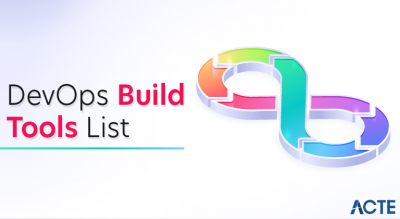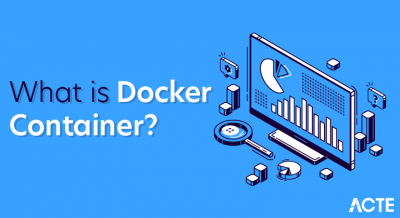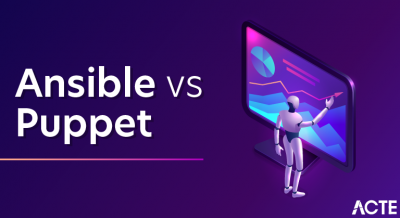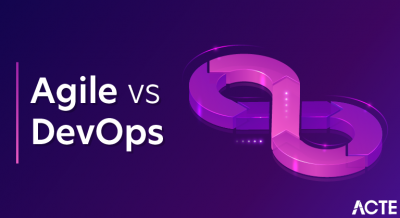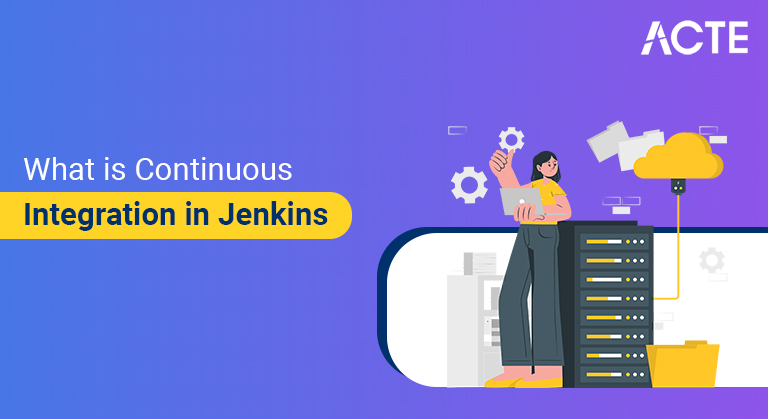
Continuous integration is a process in which all development work is integrated as early as possible. The resulting artifacts are automatically created and tested.
- Introduction
- What is Jenkins?
- What is Continuous Integration?
- How does Jenkins work?
- Jenkin History
- Why use Continuous Integration with Jenkins?
- Real-world case study of Continuous Integration
- Jenkins Plugins
- Advantages of using Jenkins
- Disadvantages of using Jenkins
- Conclusion
Introduction
In today’s article, allow us to cross in-intensity thru the principles of Continuous Integration with Jenkins. Once we speak the advantages and pleasant practices of the usage of Continuous Integration with Jenkins, allow us to continue similarly with the principles of Continuous Deployment and Continuous Delivery and finish with the variations among those three.
- Jenkins is an open-supply Continuous Integration server written in Java for orchestrating a sequence of movements to obtain the Continuous Integration technique in an automatic fashion. Jenkins helps the entire improvement existence cycle of software program from building, testing, documenting the software program, deploying, and different levels of the software program improvement existence cycle.
- Jenkins is a broadly used utility round the sector that has round 300k installations and developing day with the aid of using day. By the use of Jenkins, software program businesses can boost up their software program improvement technique, as Jenkins can automate construct and take a look at at a speedy rate.
- It is a server-primarily based totally utility and calls for an internet server like Apache Tomcat. The cause Jenkins software program have become so famous is that of its tracking of repeated obligations which stand up all through the improvement of a venture. For example, in case your crew is growing a venture, Jenkins will constantly take a look at your venture builds and display you the mistakes in early levels of your improvement.
What is Jenkins?
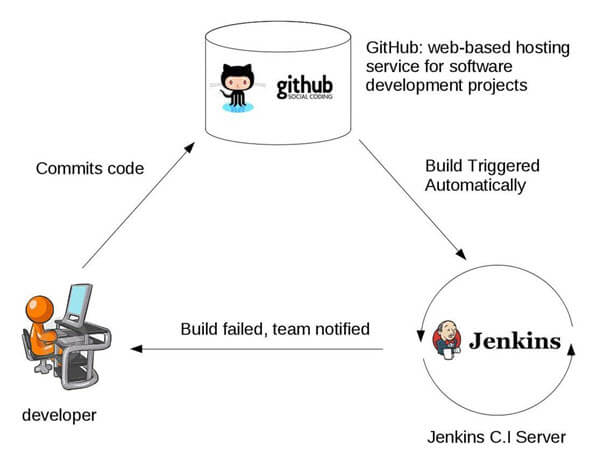
- Continuous Integration is a system of integrating code adjustments from a couple of builders in a unmarried task many times. The software program is examined straight away after a code commit. With every code commit, code is constructed and examined. If the check is passed, the construct is examined for deployment. If the deployment is successful, the code is driven to production.
- This commit, construct, check, and installation is a non-stop system and as a result the call non-stop integration/deployment.
What is Continuous Integration?
- Automation trying out framework (Selenium, Appium, TestComplete, UFT, and others)
How does Jenkins work?
Jenkins is a server-primarily based totally utility and calls for an internet server like Apache Tomcat to run on numerous structures like Windows, Linux, macOS, Unix, etc. To use Jenkins, you want to create pipelines that are a sequence of steps that a Jenkins server will take. Jenkins Continuous Integration Pipeline is a effective tool that includes a fixed of gear designed to host, monitor, collect and take a look at code, or code changes, like:-
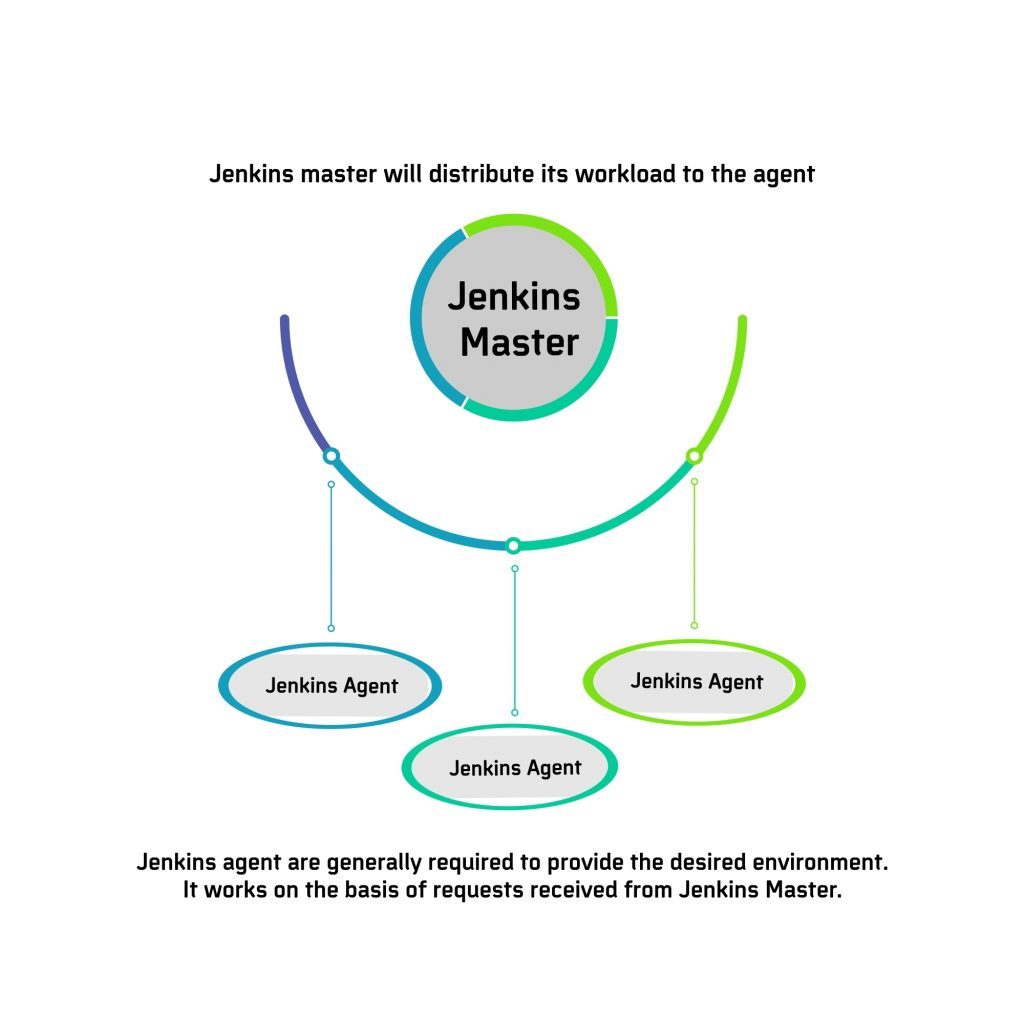
- Kohsuke Kawaguchi, a Java developer, operating at SUN Microsystems, turned into uninterested in constructing the code and solving mistakes repetitively. In 2004, created an automation server known as Hudson that automates construct and check task.
- In 2011, Oracle who owned Sun Microsystems had a dispute with Hudson open supply community, in order that they forked Hudson and renamed it as Jenkins.
- Both Hudson and Jenkins endured to perform independently. But in brief span of time, Jenkins obtained quite a few initiatives and members even as Hudson remained with best 32 initiatives. With time, Jenkins have become greater popular, and Hudson isn’t always maintained anymore.
Jenkin History
Why use Continuous Integration with Jenkins?
1. Some humans may assume that the old style manner of growing the software program is the higher manner. Let’s recognize the blessings of CI with Jenkins with the subsequent example.
2. Let us imagine, that there are round 10 builders who’re running on a shared repository. Some developer completes their challenge in 25 days at the same time as others take 30 days to complete.
- I am positive all of you aware about vintage telecellsmartphone Nokia. Nokia used to enforce a technique referred to as nightly build. After a couple of commits from various builders for the duration of the day, the software program constructed each night. Since the software program turned into constructed best as soon as in a day, it’s a big ache to isolate, identify, and fasten the mistakes in a huge code base.
- Later, they followed Continuous Integration approach. The software program turned into constructed and examined as quickly as a developer dedicated code. If any blunders is detected, the respective developer can fast restoration the defect.
Real-world case study of Continuous Integration
Jenkins Plugins
By default, Jenkins comes with a restrained set of features. If you need to combine your Jenkins set up with model manage equipment like Git, you then definately want to put in plugins associated with Git. In fact, for integration with equipment like Maven, Amazon EC2, you want to put in respective plugins on your Jenkins.
Advantages of using Jenkins
1. Jenkins is being controlled through the network which may be very open. Every month, they keep public conferences and take inputs from the general public for the improvement of Jenkins challenge.
2. So some distance round 280 tickets are closed, and the challenge publishes solid launch each 3 months.
3. As era grows, so does Jenkins. So some distance Jenkins has round 320 plugins posted in its plugins database. With plugins, Jenkins will become even extra effective and characteristic rich.
4. Jenkins device additionally helps cloud-primarily based totally structure so you can install Jenkins in cloud-primarily based totally platforms.
5. The purpose why Jenkins have become famous is that it became created through a developer for developers.
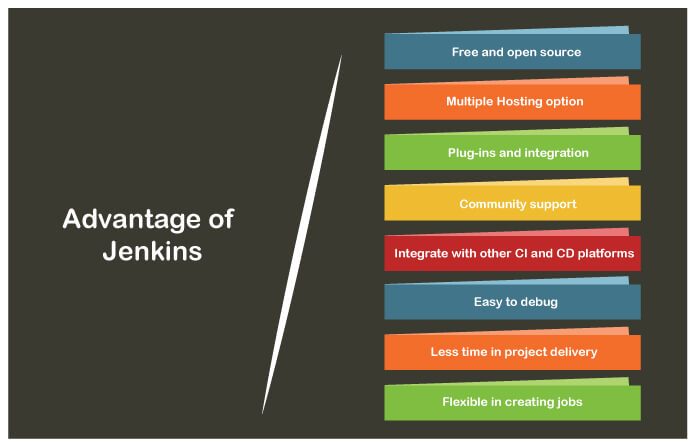
- Its interface is out dated and now no longer person pleasant as compared to present day UI trends.
- Though Jenkins is cherished through many developers, it’s now no longer that clean to preserve it due to the fact Jenkins runs on a server and calls for a few abilties as server administrator to reveal its activity.
- One of the motives why many humans don’t put in force Jenkins is because of its trouble in putting in and configuring Jenkins.
- Continuous integrations often destroy because of a few small putting changes.Continuous integration might be paused and consequently calls for a few developer attention.
Disadvantages of using Jenkins
Though Jenkins is a totally effective tool, it has its flaws:-
- In Continuous Integration, after a code devote, the software program is constructed and examined immediately Jenkins used for orchestrating a series of movements for Continuous Integration in a software program project.
- Before Jenkins while all Developers had finished their assigned coding tasks, they used to devote their code all at identical time. Later, Build is examined and deployed.
- After Jenkins the code is constructed and check as quickly as Developer commits code. Jenkin will construct and check code frequently for the duration of the day.
- By default, Jenkins comes with a confined set of features. If you need to combine your Jenkins set up with model manipulate equipment like Git, you then definately want to put in plugins associated with Git.
- The largest professionals of Jenkins is that it’s miles controlled with the aid of using the network which holds public conferences and take inputs from the general public for the improvement of Jenkins projects.
- The largest con of Jenkin is that Its interface is out dated and now no longer person pleasant in comparison to modern UI trends.
Conclusion


